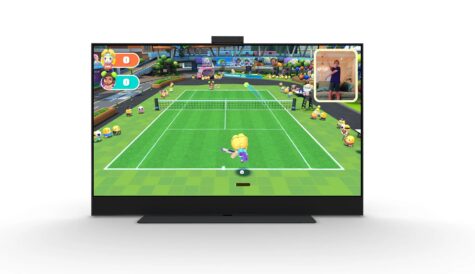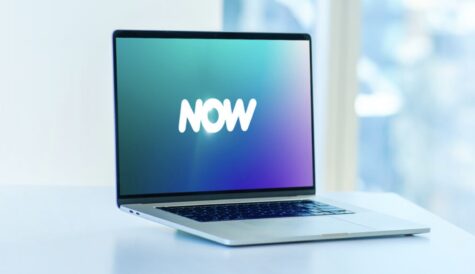Orange digital chief outlines 2020 vision
Whole-wall TV screens, more hours spent viewing video, increased consumer expenditure on content and the containment of piracy are some of the key trends that will emerge between now and 2020, according to Patrice Slupowski, VP of digital innovation at Orange.
“The next frontier is the wall,” said Slupowski, speaking at the OTTtv World Summit in London this morning. “What is the best screen to produce high-quality content in 2020? Personally I think it will be the wall,” he said.
To view content on much larger displays, viewing will ultimately migrate to 4K and even 8K content, said Slupowski, who was interviewed onstage by industry analyst Colin Dixon at the event. However, he said, it takes time to migrate to new formats, so the pace of change may not be uniform.
Slupowski said that total viewing time is likely to increase between now and 2020 because viewing is no longer just about consuming entertainment. People increasingly absorb information via video, albeit in shorter bursts.
Slupowski said he expected piracy and the illicit consumption of content to be contained. If legal means are convenient, people will use legal offers. “People are just lazy. If they can avoid spending money they will do that but their time is constrained,” he said.
Rights owners are evolving to enable content to be made more widely available, he said. More numerous, flexible and nimble windows would help take this forward, he said.
Slupowski predicted that households will continue to pay more for content rather than less. “If you look at what people are willing to pay when they go to the cinema, there are ways – such as the wall – where they could have a similar experience at home,” he said. “This could bring more money to home viewing rather than the theatre.”
Finding content remains an issue, with households navigating via multiple remote controls and multiple video libraries, said Slupowski. “This is something we have to solve not only by having simple and attractive interfaces but by using all the intelligence in data analytics to guide the user to the content,” he said. He suggested the Orange model of the same interface on all devices, adjusted for the form of each device, points the way ahead. Orange has also started providing recommendation via the Viaccess-Orca COMPASS engine. This will be taken forward, using user data to create predictive systems for navigation, he said. “This will be the biggest revolution in digital services generally,” he said.
The proliferation of connected devices will, said Slupowski, dwarf predictions of universal smartphone penetration. “We are going to be surrounded by objects, most of which will be hidden in walls, material, some in our clothes. It is going to change the way we interact with the world. All those devices are producing data that can be turned into services. We are going to face a challenge when people say they own their customer data, but we consider that it is always the customer to choose what can be done with their data.”
Investing in long-term projects with a six-year payback period is rarely acceptable to CFOs. He cited the example of Amazon founder Jeff Bezos, who had “a 25-30 year business plan” as a counter-example of the kind of thinking that could be necessary.
TV takes time to change because it is “a solid industry with a lot of money involved and a lot of established players” and even younger viewers like to lean back and watch TV after a hard day’s work.




